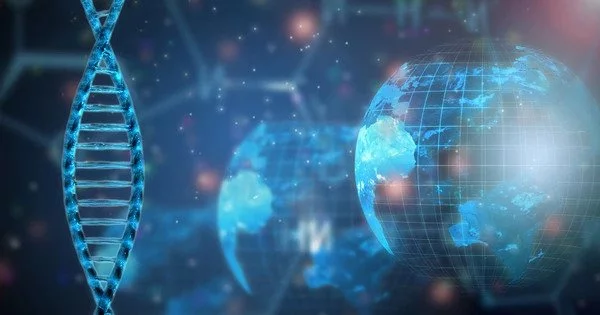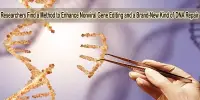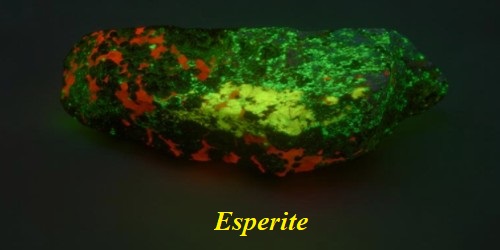The variety of genes and genetic characteristics found in a population of individuals of a species is referred to as genetic diversity. It is the total number of genetic characteristics in a species’ genetic makeup; it varies greatly depending on the number of species and differences within species, and it can be attributed to a species’ lifespan. It is a fundamental aspect of biodiversity and plays a critical role in organism adaptation and evolution over time. It differs from genetic variability, which describes the proclivity of genetic traits to vary.
Genetic diversity is critical for a population’s long-term survival and resilience because it provides the raw material for natural selection. It allows populations to adapt to changing environments. More variation increases the likelihood that some individuals in a population will have allele variations that are suited to the environment. Those people are more likely to survive and have children with that allele. Because of their success, these people’s descendants will live for many more generations.
For example, in agriculture, livestock breeding, and some forms of horticulture, humans have intentionally manipulated genetic diversity through selective breeding to enhance desirable traits. However, this can sometimes lead to reduced overall genetic diversity and increase vulnerability to diseases or environmental changes.
Key points about genetic diversity include:
- Variation in Genes: Genetic diversity refers to differences in gene DNA sequences between individuals. This variation can be seen in traits like color, size, disease resistance, and other characteristics.
- Population Level: It is usually considered at the population level rather than at the individual level. A population with a high level of genetic diversity has a diverse set of alleles (gene variants) in its gene pool.
- Importance for Adaptation: It is critical for the ability of a population to adapt to changing environments. In a diverse population, some individuals are more likely to have traits that allow them to survive and reproduce in novel or difficult environments.
- Conservation: Maintaining genetic diversity is a primary concern in conservation biology. Populations with low genetic diversity are more susceptible to diseases, environmental changes, and other threats. Conservation efforts often focus on preserving the genetic diversity of endangered species.
- Human Impacts: Human activities, such as habitat destruction, pollution, and over-exploitation, can reduce genetic diversity in natural populations. Fragmentation of habitats and the introduction of invasive species can also contribute to genetic homogenization.
Measuring Genetic Diversity
Random processes, such as genetic drift, can influence genetic diversity by making certain alleles more or less common in a population due to chance events. To quantify genetic diversity, scientists employ a variety of techniques, such as analyzing DNA sequences, studying the distribution of specific traits, and employing molecular markers.
Overall, maintaining and promoting genetic diversity is critical for population health and ecosystem sustainability. It ensures that species can adapt to changing conditions, resist disease, and survive over time.
















